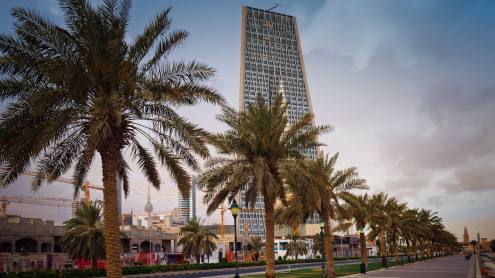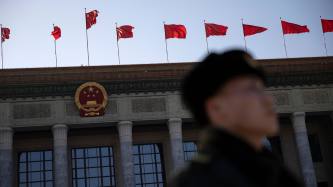After weeks of posturing and negotiations, Russia’s invasion of Ukraine prompted disbelief and retaliation, creating havoc for oil markets with far-reaching consequences for Kuwait — which earns around 90% of its revenues from oil exports — and other major oil producers.
Russia’s March 2020 refusal to go along with production cuts agreed days previously by the majority of the OPEC+ producers group brought to an abrupt end the international consensus underpinning oil prices for the previous four years. The refusal to sign up to cuts in production, followed days later by retaliatory discounting measures by Saudi Arabia, saw oil prices plunge below $30 per barrel, with falls exacerbated by early Covid lockdowns.













